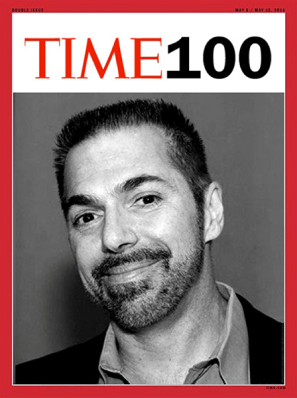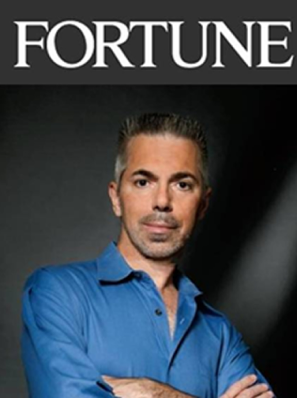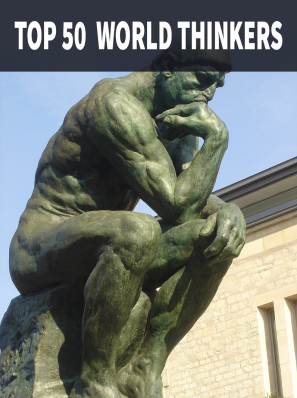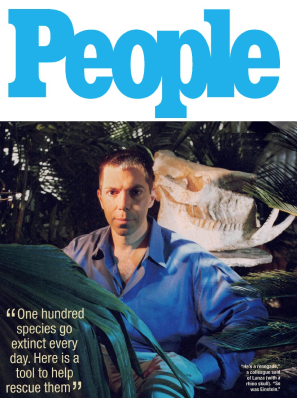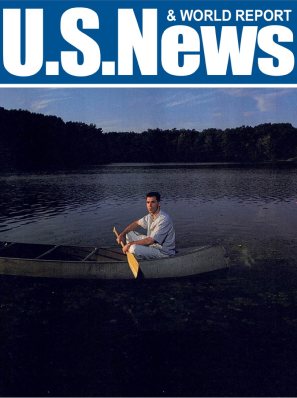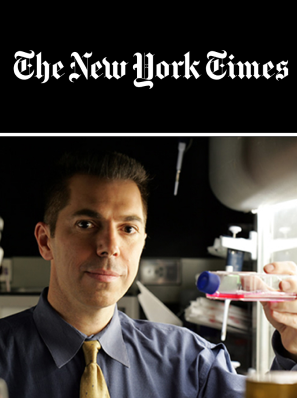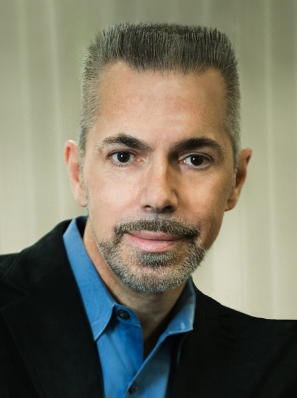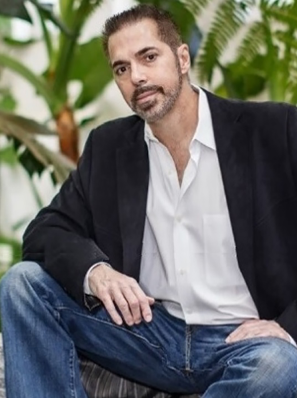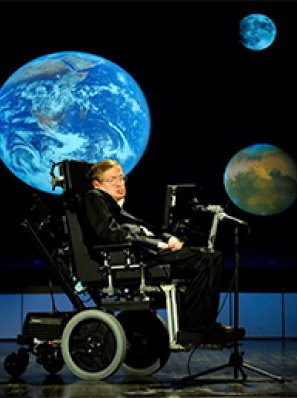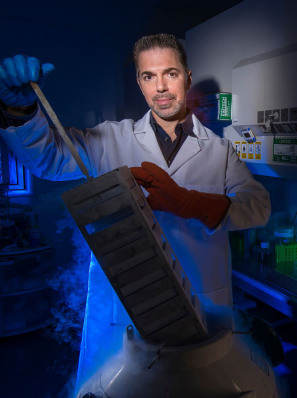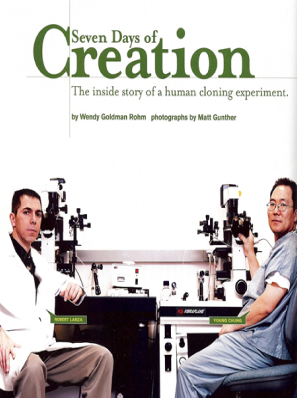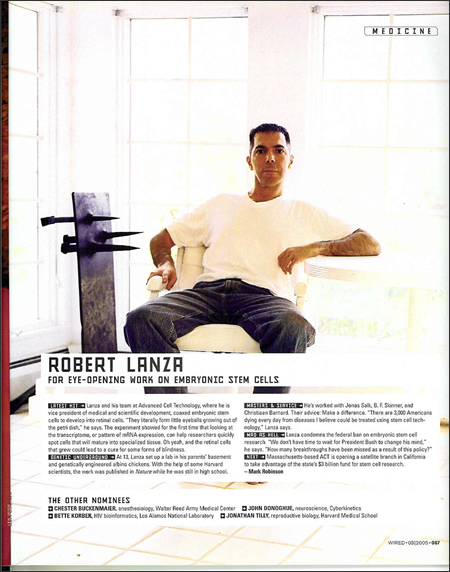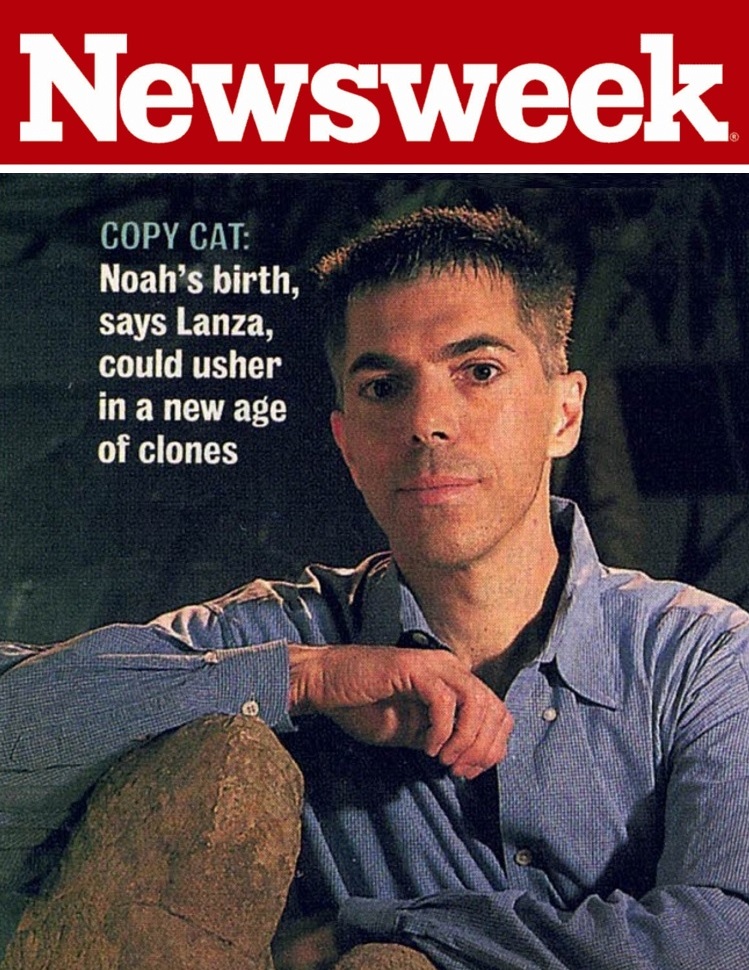Embryonic Stem Cells Created Without Harming Embryo, for Real This Time
By Brandon Keim Email 01.10.08 | 12:00 PM
Scientists hope a new method for producing embryonic stem cells without damaging embryos will finally place the cells in the labs of scientists searching for cures to now-untreatable diseases.
In a study published Thursday in Cell Stem Cell, Wake Forest University Institute for Regenerative Medicine researchers plucked single cells from two-day-old human embryos without harming them, then transformed them into embryonic stem cells, also known as ESCs. ESCs are nature’s own alchemical miracle, capable of becoming almost any type of cell in the human body. Scientists and doctors think they could be used to replace diseased or failing tissue, curing everything from cancer to heart disease to Alzheimer’s.
“These cells could be sent to federal researchers tomorrow if the President approves them,” said study co-author Robert Lanza, who in addition to his Wake Forest duties is vice president of research and scientific development at Advanced Cell Technologies, a stem cell therapy company.
Ethical dilemmas have stunted the pursuit of stem cells’ heady promise because the cells are derived from week-old embryos. Using traditional methods, the embryos are destroyed. Some critics say the process is tantamount to murder, and call the research immoral. In August of 2001, President Bush banned federal funding for research on ESCs that hadn’t already been created. Scientists now say the approved ESC populations, known as lines, are defective and medically limited. Supporters of the research say restrictions on potentially lifesaving research may be yet another form of murder.
In November, researchers in the United States and Japan made progress towards a truce by successfully turning skin cells into the near-equivalents of embryonic stem cells. But the reprogrammed cells sometimes turn cancerous, they might not be medically ready for years and they might never be as powerful as ESCs. Until those cells are ready, scientists say research on embryonic stem cells is still required, throwing them right back into the controversy. But if President Bush approves for federal funding the technique just described in Cell Stem Cell, researchers could finally have an ethically unclouded source of ESCs.
“Ultimately, we hope that reprogramming will supplant the need for ESCs, but it may be some time before we get there,” said David Scadden, a Harvard University stem cell researcher and co-chair of the Massachusetts Institute for Regenerative medicine who was not involved in the study. “In the meantime, the best-defined way to get pluripotent cells is to use ESCs.”
The new technique, known as blastomere biopsy, involves taking a single cell from a two-day-old embryo, then coaxing it to become an embryonic stem cell. Lanza and his colleagues described the basic steps last year in Nature, but hadn’t yet figured out how to reliably make the cells become embryonic.
In the latest study, they accomplished this by bathing the cells in nutrients naturally found in embryos, which caused the cells to reliably become ESCs. The ESCs later developed into heart tissue, neurons, cartilage, blood cells and insulin-producing cells, suggesting they are versatile enough to become powerful therapeutics.
In last years’ experiment, critics cried foul because Lanza and his colleagues called their procedure ethical, but did not allow the original “donor” embryos to develop, which could potentially have proven that they were not damaged during the experiment. This time, the scientists allowed the original embryos grow. Eighty percent became healthy blastocysts, and were then frozen. The percentage compares to the survival rates of embryos used in pre-implantation genetic diagnosis, which involves a similar procedure of removing one cell from an embryo to test it for genetic defects prior to the embryo’s implantation in a woman.
More than 1,000 babies have been born after pre-implantation genetic diagnosis, and while rigorous studies on their long-term health have yet to be conducted, the procedure appears to be safe.
However, Stanford University William Hurlbut says the 80 percent success rate may be too low to satisfy the Dickey Amendment, a piece of legislation attached to every appropriations bill since 1995 that forbids federal spending on an technique that would endanger an embryo. And legal technicalities aside, “The pro-life actors in this drama just won’t accept it,” he said.
Another problem critics had with the previous technique was that the bath used to soak the cells was derived by destroying embryos. This time the scientists created the bath from scratch without using embryos.
Blastomere biopsy will soon be reviewed by the NIH, which in September 2007 called it a potential source of ethically acceptable embryonic stem cells, said Anthony Atala, a colleague of Lanza’s at the Wake Forest University Institute for Regenerative Medicine. Once they’ve reviewed it, the technique will be submitted to President Bush for final approval.
If approved, resulting cell lines will be eligible for federal research funding — and researchers aren’t wasting any time getting ready. Atala says his lab will soon begin producing ESCs through blastomere biopsy. Pending President Bush’s go-ahead, Atala’s group would make lines immediately available to researchers.
“We’re already set up and ready to go here,” said Atala. “Hopefully we’ll start soon.”
To view this article in its original format, please click here.
